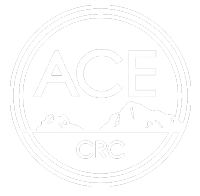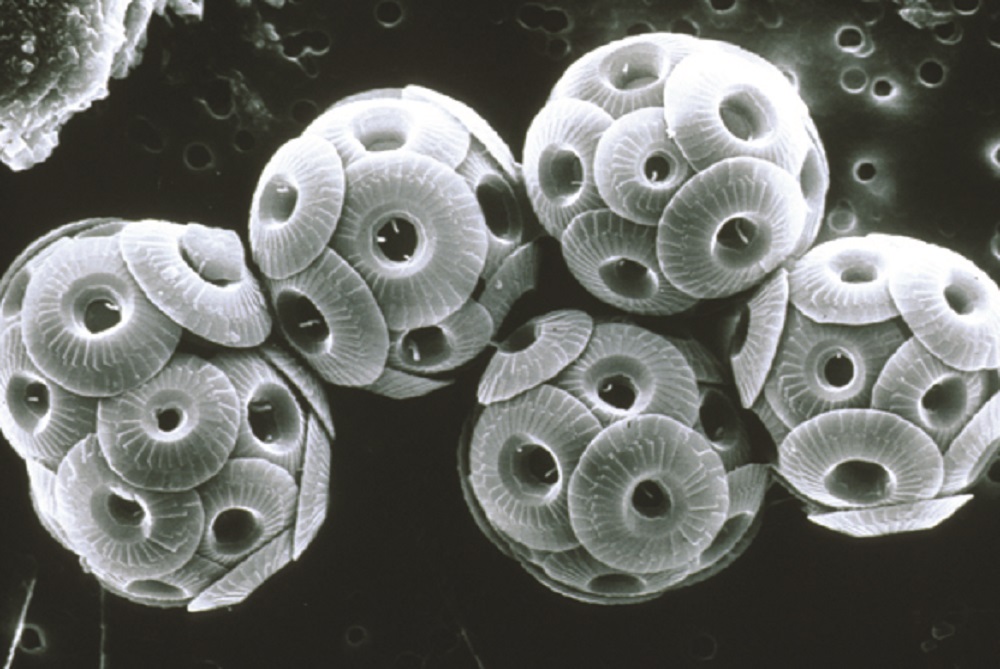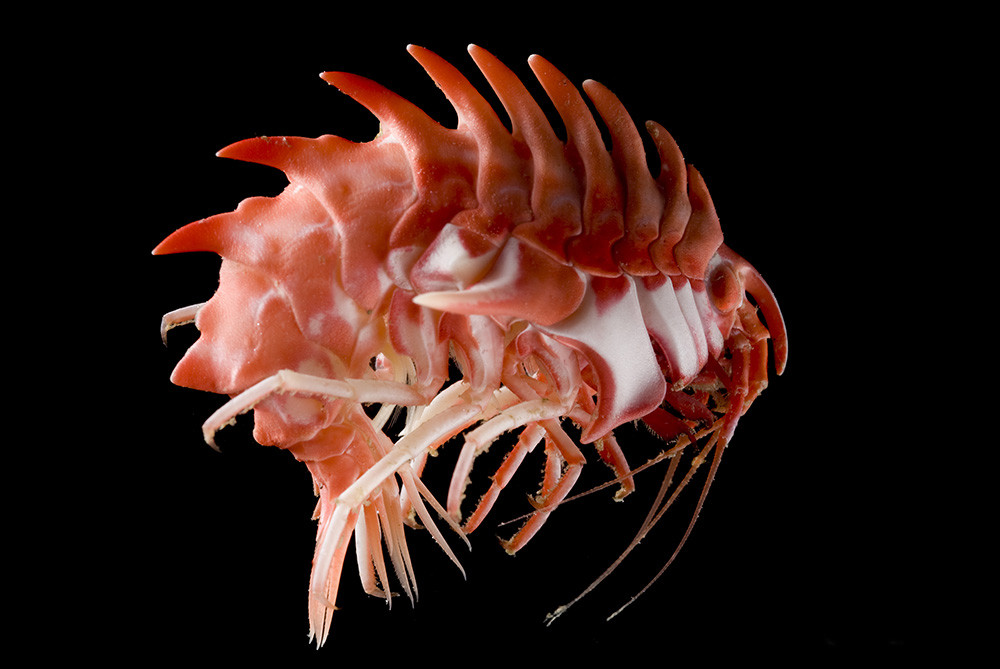Zooplankton and Sea Ice Ecologist
Dr Kerrie Swadling
Dr Swadling’s research field is the ecology of pelagic invertebrates, with over 20 years’ experience working in Southern Ocean and temperate marine ecosystems. She has contributed to significant advances in understanding the roles that pelagic invertebrates play in sea ice ecosystems, and to evaluating future climate-related impacts.
The use of physiological and biochemical assays to assess life history patterns of zooplankton and krill has underpinned much of Dr Swadling’s work. She has extensive experience with the marine pelagic ecosystem in Eastern Antarctica, having worked under the umbrella of the Australian Antarctic Division program and collaboratively with IPEV (France). She is also a Senior Lecturer at the Institute for Marine and Antarctic Studies, UTAS.
Some career highlights: Invited Professor at Universite Pierre et Marie Curie, Paris; ARC Postdoctoral Fellowship; >60 peer-reviewed publications; and Principal Investigator on Antarctic research projects since 1994, totalling > $2,500,000.
social & academic profiles
Current Research
Dr Swadling’s work is part of a trilateral collaboration between Australia (IMAS, AAD, ACE CRC), Japan (TUMSAT, NIPR) and France (UPMC, ICO2TAKS) aiming to build knowledge of the functioning of Southern Ocean food webs through the detailed study of plankton dynamics (patterns and processes). The countries are working together to maximize sampling opportunities and, more importantly, accelerate the collection of data that are needed to develop robust descriptions of planktonic food webs in the Southern Ocean.
The collaboration aims to address knowledge gaps by assessing the linkages and grazing dynamics of planktonic food webs over a latitudinal gradient, particularly focussing on drivers and boundaries of krill-based versus copepod-fish dominated systems. Developing an understanding of this fundamental dichotomy in food web structure, through field observations and ecosystem modelling, lies at the heart of being able to make informed decisions about how environmental change and harvesting may influence Southern Ocean ecosystems and will therefore underpin the developments of evidence-based management decisions.
Selected Publications
Davies, C.H., Armstrong, A.J., Baird, M., Coman, F., Edgar, S., Gaughan, D., Greenwood. J., Gusmão, F., Henschke, N., Koslow, J.A., Leterme, S.C., McKinnon, A.D., Miller, M., Pausina, S., Uribe Palomino, J., Roennfeldt, R.-L., Rothlisberg, P., Slotwinski, A., Strzelecki, J., Suthers, I.M., Swadling, K.M., Talbot, S., Tonks, M., Tranter, D.H., Young, J.W., and Richardson, A.J. Over 75 years of zooplankton data from Australia. Ecology 95: 3229-3229
Swadling, K.M. (2014) 6.10 Sea-ice Fauna. In: De Broyer C., Koubbi P., Griffiths H.J., Raymond B., Udekem d’Acoz C. d’, et al. (eds.). Biogeographic Atlas of the Southern Ocean. Scientific Committee on Antarctic Research, Cambridge, pp. 321-325
Meiners, K.M., Vancoppenolle, M., Thanassekos, S., Dieckmann, G.S., Thomas, D.N., Tison, J.-L., Arrigo, K.R., Garrison, D.L., McMinn, A., Lannuzel, D., van der Merwe, P., Swadling, K.M., Smith, W.O., Jr., Melnikov, I., Raymond, B. (2012) Chlorophyll a in Antarctic sea ice from historical ice core data. Geophysical Research Letters 39, No. 21, L21602 http://dx.doi.org/10.1029/2012GL053478
Swadling, K.M., Kawaguchi, S. and Hosie, G.W. (2010) Antarctic mesozooplankton community structure during BROKE-West (30°E – 80°E), January – February 2006. Deep-Sea Research II 57:887-904
Arndt, C. E. and Swadling, K.M. (2006) Crustacea in Arctic and Antarctic sea ice: distribution, diet and life history strategies. Advances in Marine Biology 51: 197-315.

























